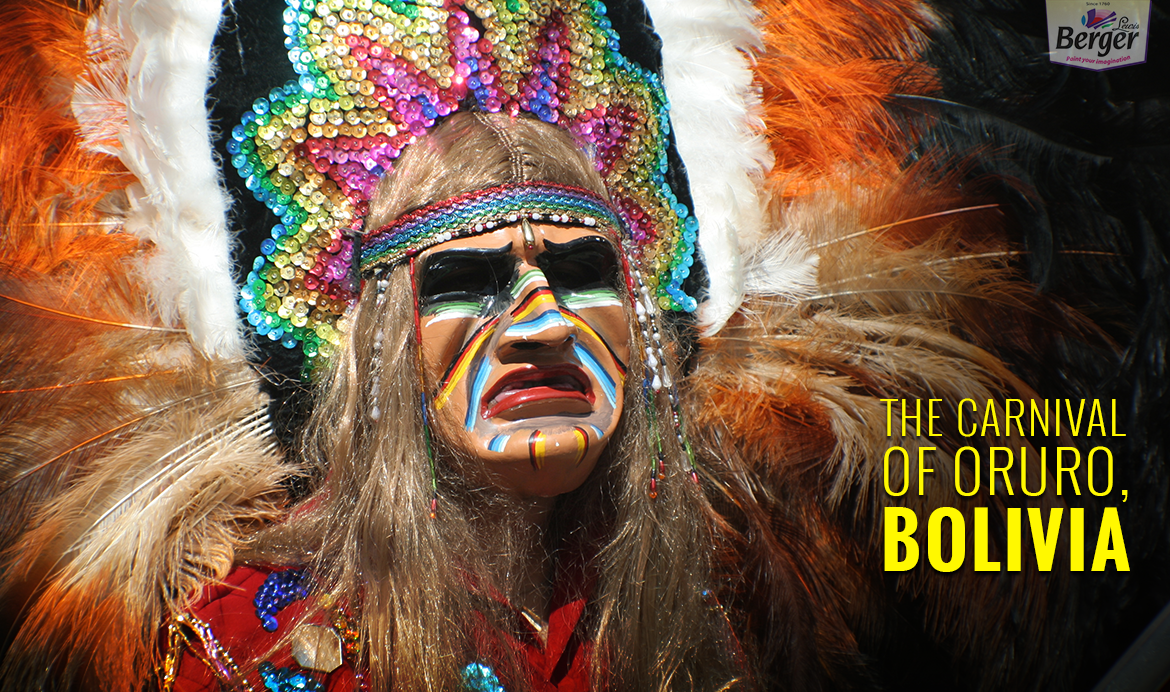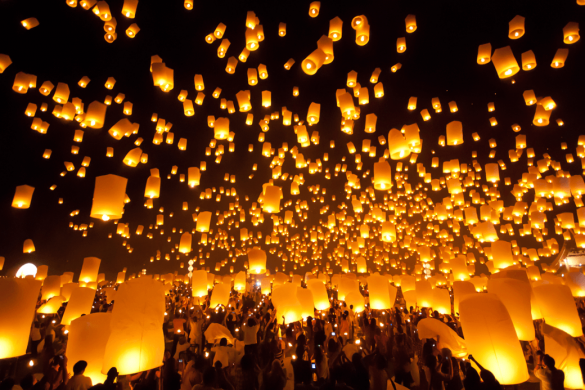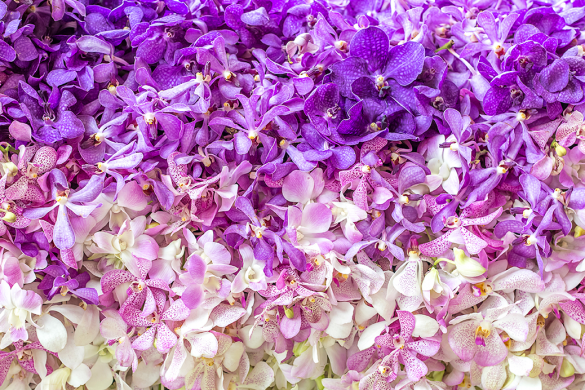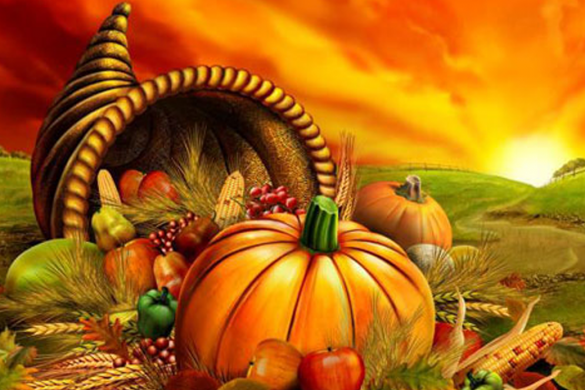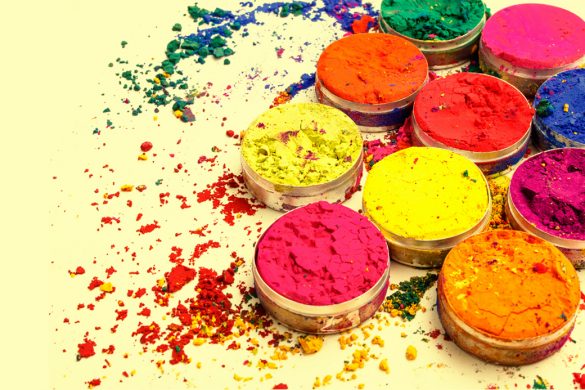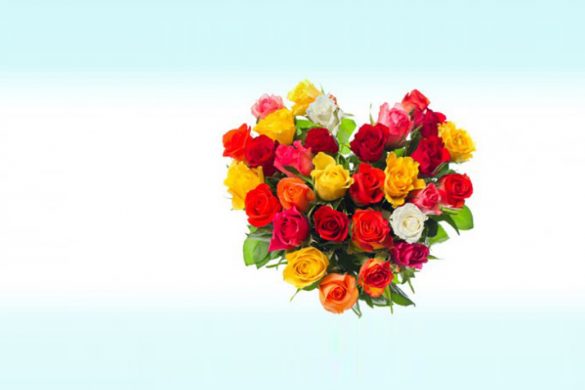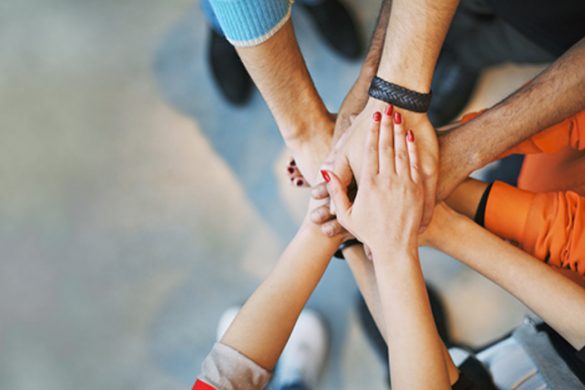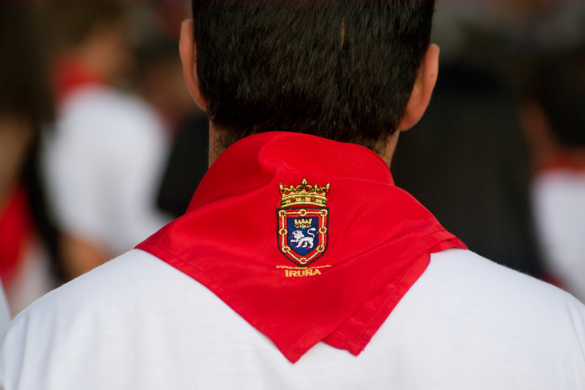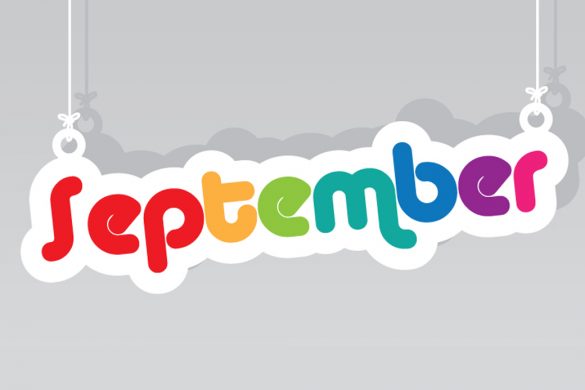Millions of people from across the globe fly to Bolivia each year for one of the most popular carnivals of the world. This year, the Oruro Carnival will be held from 8th -11th February.
The highest major carnival in the world, Oruro sits at an amazing altitude of 3,710 metres above sea level. The carnival gets its name from Oruro which means ‘where the sun is born.’ Oruro was in fact a pilgrimage destination for indigenous populations who used to celebrate the protective Waka gods.
The Oruro carnival has been celebrated for over 2,000 years and was considered one of the Masterpieces of the Oral and Intangible Heritage of Humanity by UNESCO in 2001. It takes place for eight days before Ash Wednesday. Unlike the carnival in Rio where the escolas de samba pick a new theme every year, carnival in Oruro always begins with the diablada or the devil dance where dancers wear colourful costumes and masks featuring caricatures of devils, animals, Inca rulers and slave drivers to pay homage to the Virgen del Socavón (“Virgin of the Mineshaft”). The diablada or the devil dance is an old ritual that has remained unchanged since the colonial days. Every year, over 30,000 dancers and 150 marching bands descend on the town.
During the carnival, the three main climatological and cultural divisions of the Andean country are represented by their traditional dances and dresses. The Tinku dance and outfit represent the Altiplano region, which is situated high in the mountains and is home to Oruro itself as well as the country’s capital La Paz. The lush valleys in the region of Cochabamba are represented by the dances of Pujillay and Potolos, while the tropical plains and jungles are home to Chunchos and Tobas, the war dances.
This festival is based on the pre-colonial ceremony of giving thanks to the earth-mother Pachamama although the references to the past like the Spanish conquest and the downtrodden state of the Bolivian peasants are extremely clear. This carnival is believed to commemorate the struggles of good and evil.
The celebration of the carnival continues for days as the diablada dancers get into smaller groups and continue dancing around large bonfires. Visit this yearly celebration that happens in the month of February for a unique insight into the region’s interesting culture and discover a carnival that has been relatively unspoilt by tourism!
